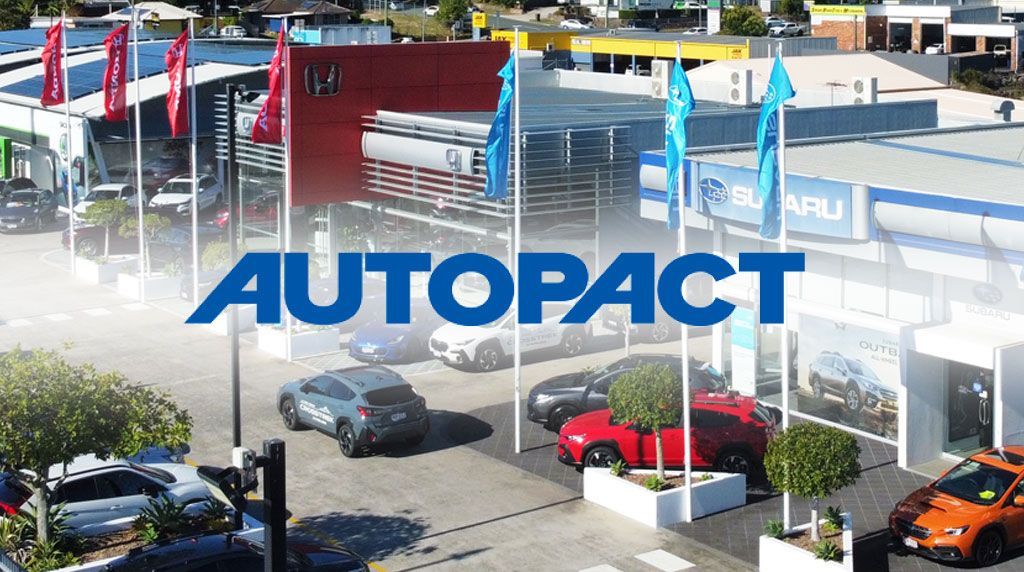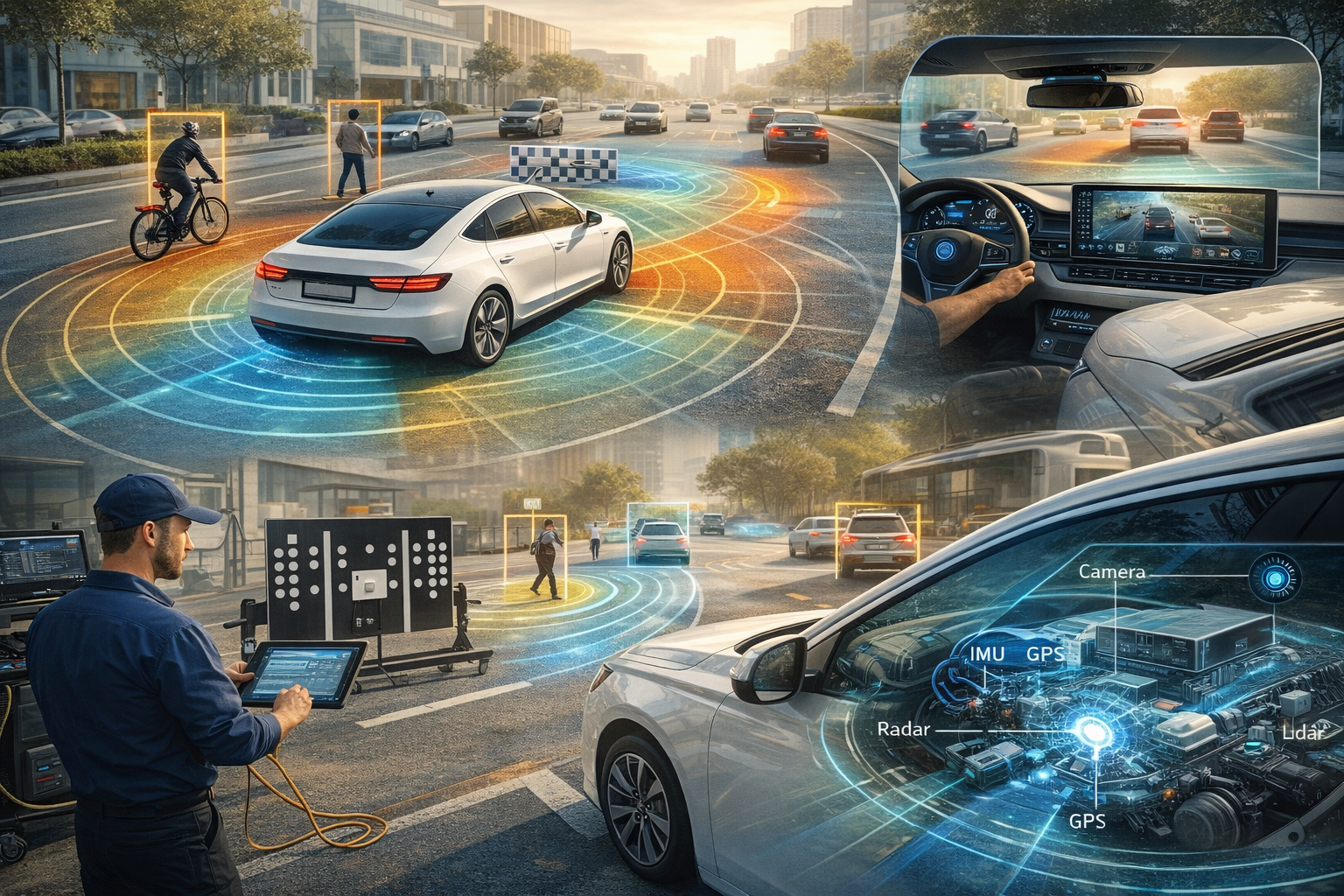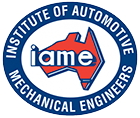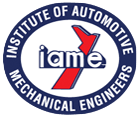Japan's Optimus Group Acquires Autopact
A Strategic Move in the Australian Automotive Industry

In a landmark development in the Australian automotive sector, Japan's Optimus Group has made a significant acquisition by purchasing the major Australian dealer group, Autopact. This strategic move not only underlines the growing global interest in the Australian automotive market but also signifies the potential for transformation and innovation in the industry. Let's delve into the details of this acquisition and its potential impact.
Optimus Group: A Global Player
Optimus Group, a renowned Japanese conglomerate, has a strong presence across various industries, including automotive, manufacturing, and technology. With a history of successful ventures and a reputation for innovation, the group has made a strategic decision to expand its operations into the Australian automotive market.
The acquisition of Autopact is part of Optimus Group's broader global strategy to diversify its automotive portfolio and leverage its expertise to offer Australian consumers a more extensive range of vehicles and services.
Autopact: A Trusted Name in Australian Dealerships
Autopact, the Australian dealer group that has now been acquired by Optimus Group, is a household name in the country's automotive industry. Established over 30 years ago, Autopact has built a strong reputation for its commitment to customer service and its extensive network of dealerships across Australia.
The group represents a wide range of car brands, offering Australian consumers a diverse selection of vehicles and automotive services. Autopact's strong presence in the market has made it a sought-after acquisition target for global players looking to establish a foothold in Australia.
Strategic Implications of the Acquisition
Market Expansion: Optimus Group's acquisition of Autopact will significantly expand its footprint in the Australian automotive market. This move will provide Australian consumers with access to a broader range of vehicles, technologies, and automotive services, enhancing competition and choice in the industry.
Innovation and Technology: With Optimus Group's history of innovation and investment in technology, Australian consumers can look forward to advanced automotive solutions, including electric and autonomous vehicles, as the group brings its expertise to the market.
Customer-Centric Approach: Autopact's legacy of prioritizing customer service aligns with Optimus Group's values. Together, they are likely to focus on enhancing the overall customer experience, from purchasing to after-sales support.
Investment and Job Creation: The acquisition will likely result in increased investment in the Australian automotive sector, leading to job creation, economic growth, and further development of the industry.
Japan's Optimus Group's acquisition of Autopact represents a significant step towards the transformation and diversification of the Australian automotive industry. With the infusion of innovation, technology, and a customer-centric approach, Australian consumers can anticipate exciting developments in the automotive market.
This acquisition also underscores the attractiveness of the Australian automotive sector on the global stage, with established international players recognizing the potential for growth and expansion. As Optimus Group takes the helm of Autopact, it brings with it the promise of a dynamic and competitive automotive landscape for Australian consumers and the industry as a whole.








